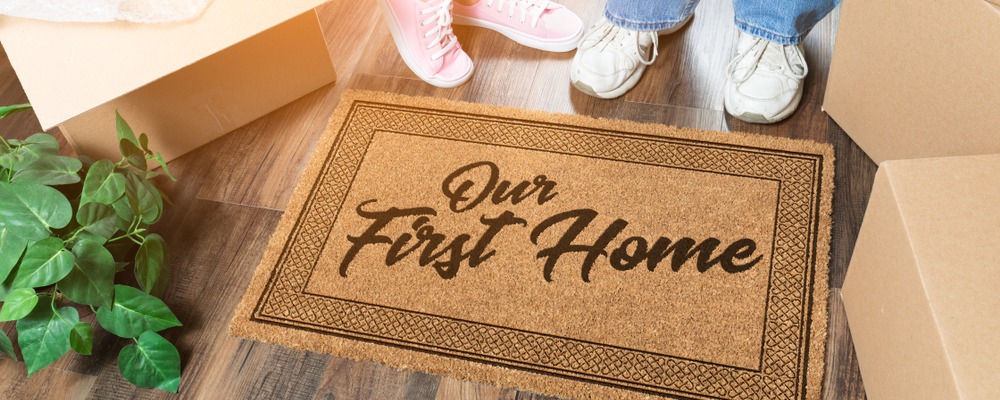
Key Takeaways
1. Wait Before Decorating: When moving into a new build home, allow at least six months for the materials to dry out. Small cracks and gaps are normal during this period.
2. Plan Your Space: Consider how each room will be used and choose furniture accordingly. Decide on focal points for each room, such as fireplaces or artwork.
3. Furnishing Tips: Make a list of necessary furniture items and set a budget. Follow the 60-30-10 rule for color schemes: dominant color (60%), secondary color (30%), and accent color (10%).
When you buy any property, you have the opportunity to put your own stamp on it. Better still, when you buy a new build, you have a completely blank canvas to work with. Thankfully, when you move into a brand new home, you won’t have to contend with brash wallpaper that gives you a headache, or an ugly carpet that’s going bare in places.
Instead, you’ll have chosen a nice modern home with a bathroom and kitchen that you adore. When you move in, though, you’ll still need to add some personal touches, to really make your house a home that you’ll love to live in for years to come.
Always wait at least six months before painting or wallpapering a new build house
With a new build home, the bricks, timber, plaster and concrete it’s made from will have absorbed water as it was being built. This water needs to evaporate gradually, so don’t try and rush the process by having your heating on constantly. Ideally, you should only have your central heating on sparingly, although this might not be practical during the winter months.
When you move in and during the months that follow, you may notice some small cracks on your ceilings and walls, or small gaps on your skirting boards, which are completely normal. This is due to the water evaporating and the materials shrinking. It’s important you allow air to circulate, so that the moisture can escape and damp doesn’t set in.
Keeping the trickle vents in your windows open should help with this. It’s best that you don’t do any painting or wallpapering until at least six months have passed, so that you can be confident that your home has completely dried out.
Ready to decorate?
It can seem a little daunting, but furnishing and decorating your new home should be exciting.
To help inspire you, we’ve got the following tips:
Consider all of your options
To make the most of the space you have available, you should think carefully about how each different room will be used. For instance, if you’ll want to supervise your kids while you cook in your kitchen, you may choose to incorporate a small sofa and TV into an open plan kitchen.
If you enjoy hosting dinner parties, you might not want to compromise on having a large table. In each room, decide what the focal point will be, whether it’s a fireplace, window, or piece of artwork you’re planning on hanging on the wall.
To get an idea of how your new home will work for you, use a free online layout planner.
Buying furniture
If you’re a first-time buyer and don’t have a lot of furniture already, you’ll be wanting to buy items for each room. However, you don’t want to buy items that aren’t the right dimensions, or forget something important. Avoid this by writing a list and deciding how much you want to spend on each item.
Colour schemes
When it comes to decorating individual rooms, interior designers try to follow the 60-30-10 rule, which sees 60% of room in a dominant colour, 30% in a secondary colour and 10% in an accent colour. They do this by using a room’s dominate colour on the walls, flooring and largest piece of furniture; the secondary colour on the rest of the furniture, curtains and feature wall; and the accent colour on cushions, small rugs or artwork. Why not take a leaf out of their book and do the same?
For inspiration deciding which colours to pick, use a colour wheel. If you want a room to feel cosy, opt for warm or hot colours, which are the colours on the left hand side of the wheel (reds, oranges, yellows). If you’d prefer your room to feel airy, opt for cool colours, which are those on the right hand side (greens, blues and greys).
Your colour scheme can be as bold or as understated as you like. Even clashing colours look good if they’re of equal tonal strength.


